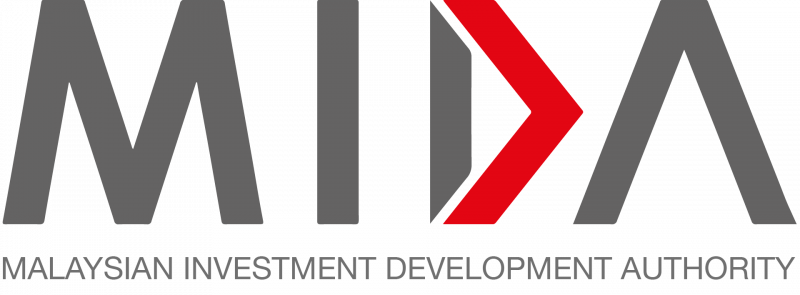Malaysia must manufacture green rubber products to stay ahead in the game
28 Mar 2023
Malaysia must capitalise on its global leadership in glove production by manufacturing environmentally-friendly tyres and green rubber products to stay ahead in the game for the long run.
Malaysian Rubber Board (MRB) director-general, Datuk Dr Zairossani Mohd Nor said the board and relevant agencies should support the industry to ensure that Malaysia maintains its leading position as the manufacturer of rubber gloves as well as latex and engineering rubber products.
With this strength, Malaysia can maintain its key position in not only producing higher value-added rubber products but also sustainable products, thus ensuring the sustainability of the industry, he said during Bernama TV’s “The Brief” programme aired recently.
However, Zairossani said the fallout from the Russia-Ukraine geopolitical tensions, pressure on energy costs, rising interest rates, tightening financial conditions in most regions and supply chain disruptions presented significant challenges, making 2023 a tough year for the industry.
Nevertheless, he said the rubber sector benefited from the COVID-19 pandemic which skyrocketed demand for Malaysia’s rubber gloves in 2021, chalking up an industry export value of RM81 billion – the highest in the history of the industry.
After 2021’s strong performance, the industry had to adjust to supply and demand conditions where there was a sharp drop in the glove export value, from RM54.8 billion in 2021 to RM19 billion in 2022, due to the influx of supply in the market.
Still, rubber gloves, used in the medical, industrial, cleanroom and food service sectors, were the main contributor at around 40 per cent to the industry’s export earnings, he said.
Aside from gloves, latex products exports include foam products, catheters and condoms, while exports of rubber products comprised tyres, general rubber goods, automotive components, precured tread rubber for tyres, structural bearings and sporting goods.
Despite the challenges, Zairossani is optimistic that the industry will perform better compared with the pre-pandemic period and chart better growth this year compared with 2022.
Total rubber demand, which contracted marginally last year, is estimated to rebound modestly to 2.6 per cent in 2023, mainly driven by China’s reopening, given that it is the biggest export market for Malaysia.
Looking ahead, he said Malaysia should emphasise capturing new markets in newly-emerging economies, noting that steps are being taken to capitalise on the demand for rubber products, with smallholders adapting to changing market conditions to improve yields and profitability.
“Malaysia has always been a producer of high-quality rubber products so we must try to capitalise on our strengths as the promotion and commercialisation of rubber products is imperative,” he said.
However, he lamented that for the past three years, rubber smallholders have been affected not only by the pandemic but also by the recent price volatility, with low prices impacting their income.
One of the key policy initiatives to address this issue was to have a certain mechanism or incentive to ensure smallholders would continue tapping rubber trees to supply the downstream sector.
Zairossani noted that Malaysia is currently experiencing a shortage of raw materials, which is why a key initiative is to ensure that the upstream sector remains active and produces rubber based on the demand from the downstream sector.
To this end, the government introduced a few incentives to support smallholders, including the latex production incentive and the rubber production incentive to support prices so that smallholders continue tapping and producing rubber and increasing their income.
“We are also continuing to ensure the transfer of the best technology to our industry, promote the use of high-yielding rubber clones and effective tapping systems using latex stimulants technology to increase the productivity of smallholders,” he said.
MRB is also promoting solar technology, including crop integration to enable smallholders to generate additional income.
Zairossani reiterated that the MRB will continue to fulfil its primary objective of assisting the development and modernisation of the rubber industry by ensuring sustainability and competitiveness, raising the incomes of smallholders and raw material production, increasing export value and producing value-added products and services.
Source: Bernama


